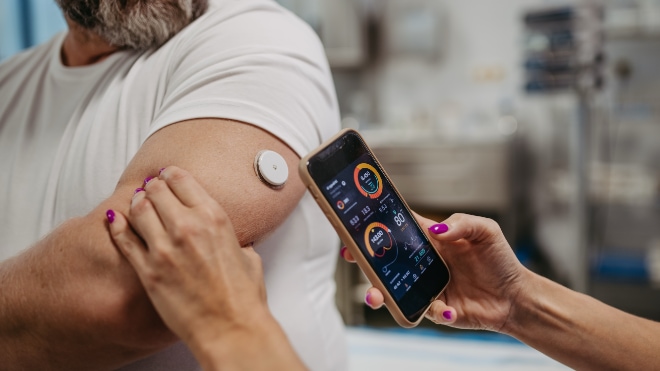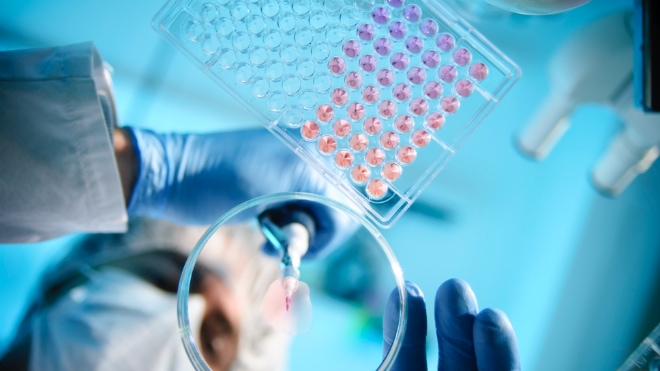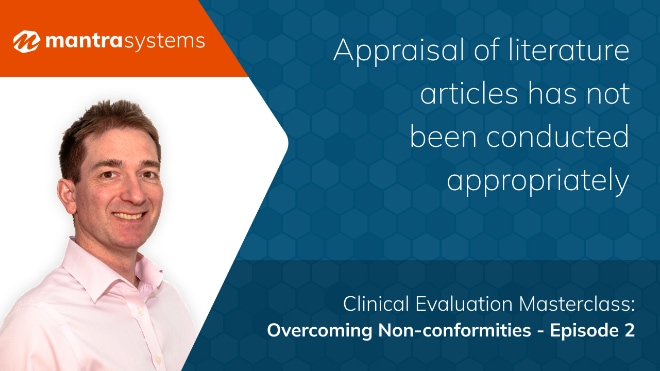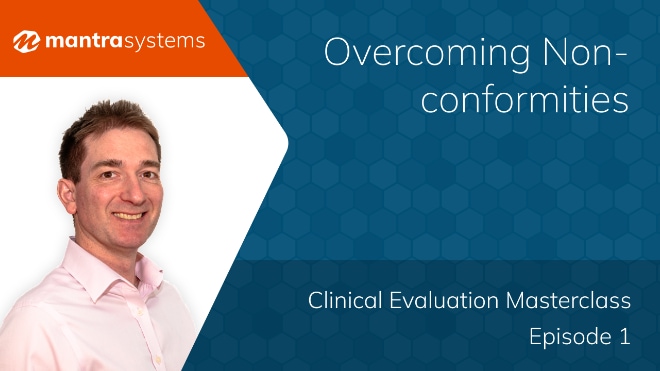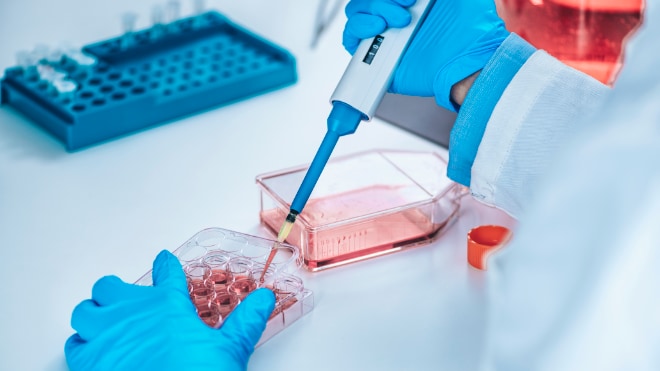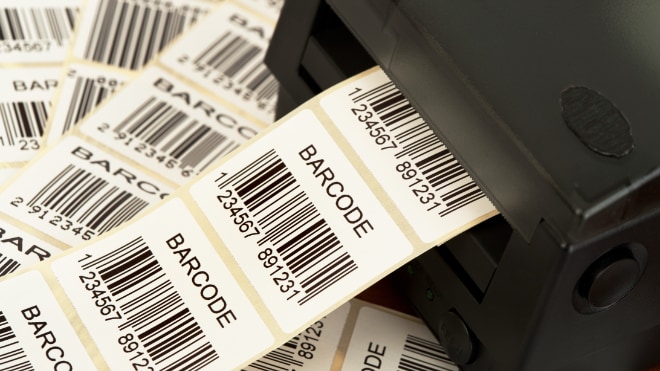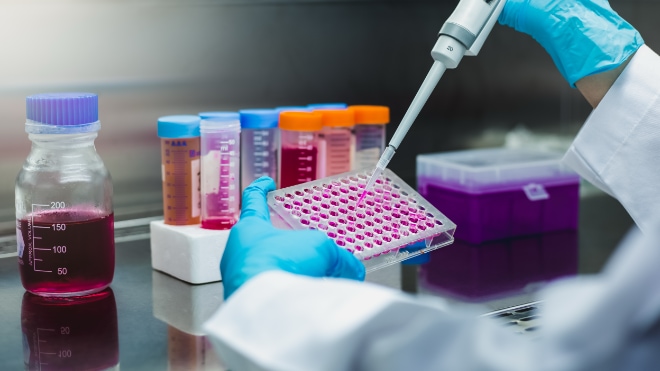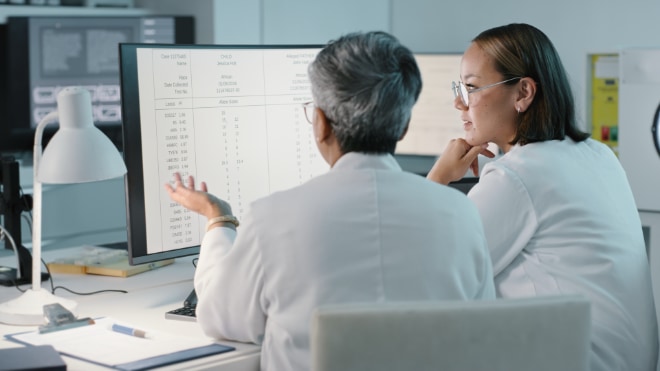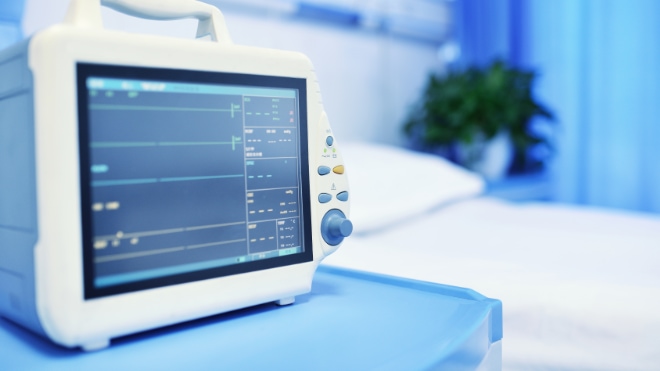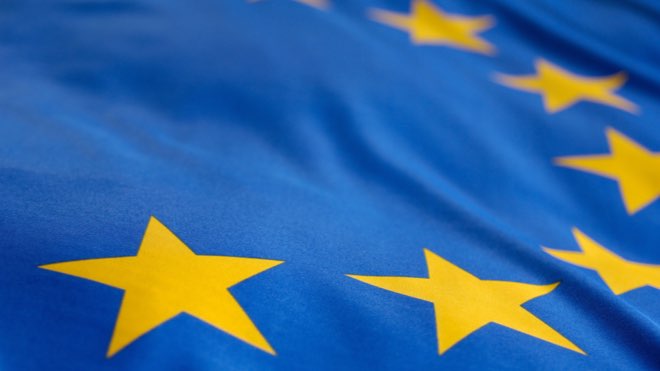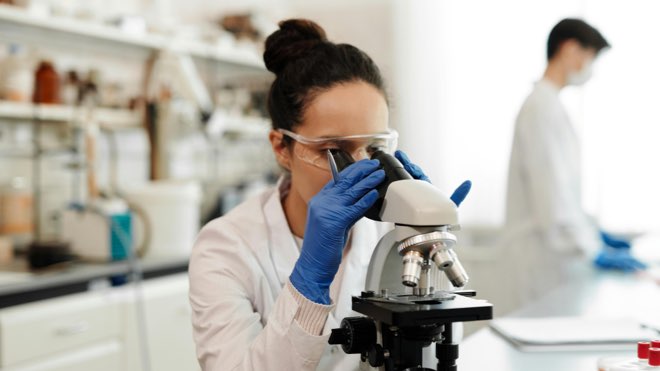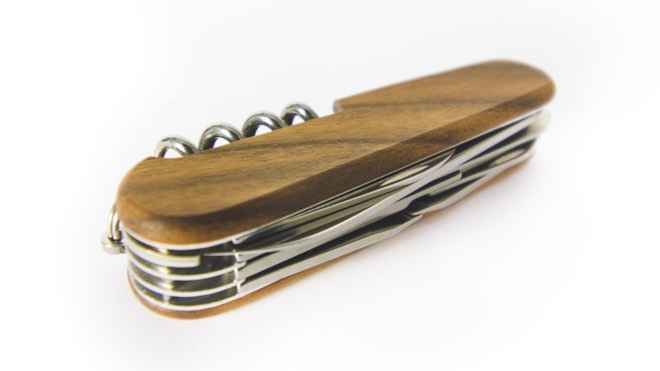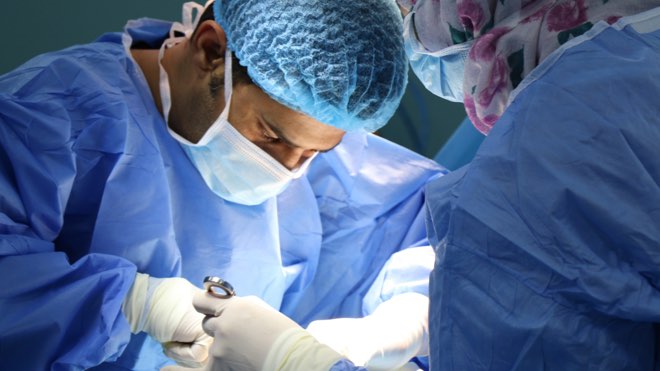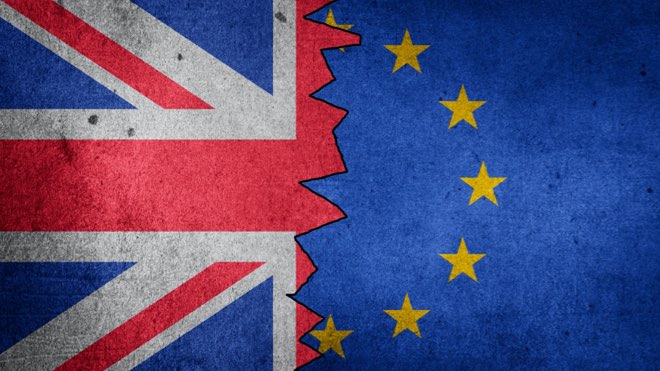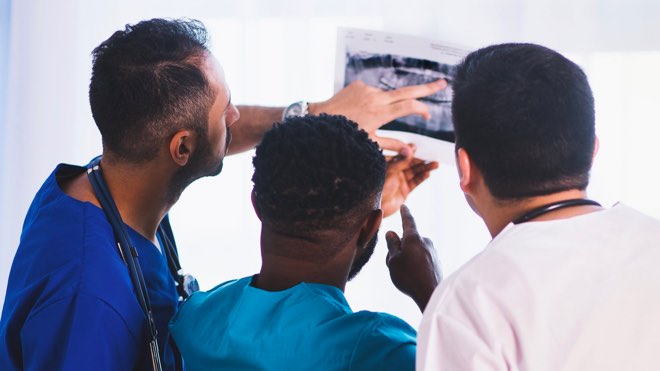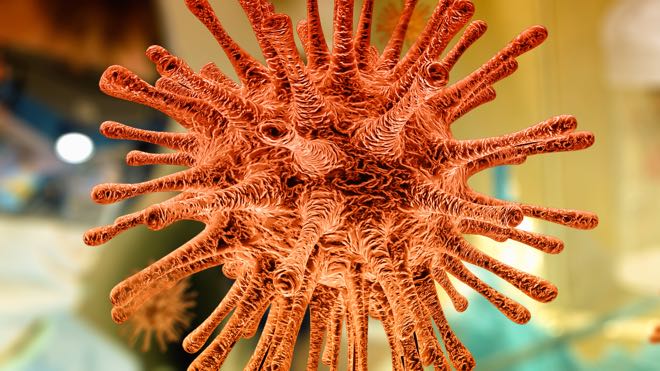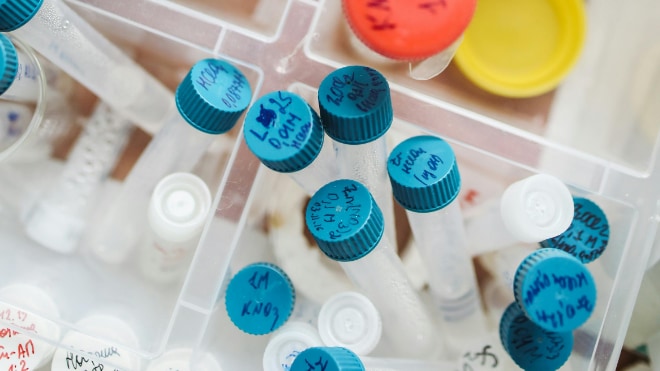
The EU and the MHRA have extended the validity of IVDD certificates, allowing you more time to transition to the IVDR. In this article, Kamiya Crabtree explains what this means for you.
Recently, the EU has extended the validity of EU IVDD (In Vitro Diagnostic Medical Device Directive) certificates and declarations. The EU has updated the timelines for IVD devices to align with the EU In Vitro Diagnostic Devices Regulation (2017/746) (EU IVDR). As a result, devices with EU IVDD certificates will now be allowed to remain on the EU market for a longer period of time.
Previously, IVDD CE certificates and declarations of conformity were set to expire on 26th May 2025. Under the updated transitional provisions, the validity of certain certificates and declarations has been extended as follows:
| Device classification | New deadline | Applies as long as… |
|---|---|---|
| Annex II List A devices | 31st December 2027 | The CE certificate was issued after 25th May 2017 and was still valid on 26th May 2022. |
| Annex II List B devices | ||
| Self-test devices | ||
| General IVD devices that have been upclassified to Class D IVD devices | The declaration of conformity was drawn up before 26th May 2022. | |
| General IVD devices that have been upclassified to Class C IVD devices | 31st December 2028 | |
| General IVD devices that have been upclassified to Class B IVD devices | 31st December 2029 | |
| Class A devices placed on the market in a sterile condition |
Key points to note:
- Notified Bodies are not required to change the date on the individual certificates
- The above dates are subject to meeting the relevant conditions under EU IVDR Article 110(3c)
- If your device is being placed on both the GB and NI markets, you should upload a single declaration confirming that the Article 110 extended CE certificate validity applies to both markets.
Unsure which IVDR classification applies to your product? Find out more about what the new classification system means for you.
Extended validity in the UK
The MHRA (Medicines and Healthcare products Regulatory Agency) has issued new guidance on the impact of these new deadlines on the UK.
Great Britain (GB) – England, Wales, and Scotland
To support the safe supply of medical devices to GB and make the transition to the new regulatory framework smoother, the government has put in place legislation that extends the acceptance of CE-marked IVD devices. This means that CE-marked IVD devices, whether compliant with the EU IVDD or the EU IVDR, can continue to be placed on the GB market until the 30th June 2030 (or until the certificate expires).
This is great news because it allows certain devices to stay on the market longer. However, there’s a key limitation: general IVD devices that were previously not required to involve a Notified Body under the EU IVDD will only be allowed on the GB market if they are upclassified (meaning the involvement of a Notified Body is now required under the EU IVDR).
It’s also important to note that manufacturers won’t be able to use expired certificates, unless the EU has deemed them valid under specific conditions.
So, if you’re relying on an EU IVDD CE certificate with extended validity under Article 110 to place devices on the GB market, be sure to update the MHRA Device Online Registration System as outlined in the guidance. The devices can stay on the market until the 30th June 2030 (or until the certificate expires).
Northern Ireland (NI)
The rules for placing IVD devices on the NI market are different from those for GB. Since 26th May 2022, the EU IVDR has applied in both EU Member States and Northern Ireland.
CE certificates with extended validity under the EU IVDR transitional arrangements (Article 110) can still be used to place devices on the NI market, as long as EU IVDD CE-marked medical devices are accepted.
For these devices to be valid on the NI market, they must meet the conditions set out in Article 110(3c), including:
- Continued compliance with Directive 98/79/EC
- No significant changes to the design or intended purpose
- No unacceptable risk to the health or safety of patients, users, or others, or to public health protection
Additionally, there are some important steps you must follow:
- By 26th May 2025, you’ll need to provide evidence that you’ve implemented a quality management system in accordance with EU IVDR Article 10(8).
- By 26th May 2025, you’ll also need to provide evidence that you or your authorised representative have made a formal application to a Notified Body.
- By 26th September 2025, you must provide evidence that both the Notified Body and the manufacturer have signed a written agreement.
If you plan to rely on an EU IVDD CE certificate with extended validity under Article 110 for placing devices on the NI market, the MHRA encourages you to reflect this on the MHRA Device Online Registration System.
Previously expired certificates
If you want to rely on a certificate that expired before 9th July 2024 but was still valid on 26th May 2022, you must upload a letter from the Notified Body. This letter should confirm that they’ve received the manufacturer’s application for conformity assessment and that a written agreement has been finalised.
Alternatively, you could upload a completed template instead of the letter, which should declare that the key conditions for extending the certificate under EU IVDR Article 110 have been met. These conditions include:
- A signed contract with the Notified Body that was in place before the certificate expired, or
- If no contract existed at the time of expiry, confirmation that the manufacturer had received a derogation from conformity assessment procedures under Article 54(1) of the EU IVDR, or
- Confirmation that they were allowed extra time to complete the conformity assessment as per Article 92(1) of the EU IVDR.
Certificates expiring on or after 9th July 2024
If you intend to rely on a certificate that was valid on 26th May 2022 and has expired on or after 9th July 2024, you must upload a letter from the Notified Body confirming that they have received the manufacturer’s application for conformity assessment and that a written agreement has been finalised.
Alternatively, instead of the letter, you can upload a declaration stating that the certificate remains valid under EU IVDR Article 110.
Final thoughts
Navigating the evolving landscape of IVDR compliance can be complex. These updated guidelines offer crucial clarity, streamlining the process and ensuring your devices maintain market access. From extended certificate validity to essential documentation, staying informed is key.
Following these guidelines will help ensure the ongoing safety, quality, and regulatory compliance of your IVD products. To successfully navigate the transition to IVDR, be sure to explore our latest article for an in-depth guide on what steps you need to take.
Stay informed on the latest IVDR updates and their potential impact by subscribing to our newsletter below.






